In SHG microscopy, the fluorescent dye is not required as the second harmonic signal is generated from the sample itself. When a material is identical to its mirror image, it is said to possess inversion symmetry. SHG arises only from materials that lack inversion symmetry. For example, thin membranes can be probed with SHG microscopy. Several key endogenous protein structures, notably collagen, also give rise to intense SHG. SHG microscopy on a laser-scanning system has proven to be a powerful and unique tool for high-resolution, high-contrast, 3D studies of live cell and tissue architecture. Unlike 2PF, SHG suffers no inherent photobleaching or toxicity and does not require exogenous labels. SHG microscopy is just one of several nonlinear microscopies that do not require labeling together with others such as THG and SFG microscopy.
For nearly 20 years, the MKS Spectra-Physics MaiTai® laser has been the workhorse of bio-imaging labs around the world. It is based on traditional Ti:Sapphire technology and offers a 690 nm - 1040 nm tuning range with up to 2 W of output power and a 100 fs pulse duration. Following its initial release in 1999, it was the first laser to provide automatic wavelength tuning. Then, in 2007, it was the first laser to integrate automatic dispersion control through its DeepSee™ laser technology. In addition to its application in multiphoton microscopy, the MaiTai laser is also used in the areas of time-resolved photoluminescence, nonlinear spectroscopy, optical computed tomography, surface SHG, terahertz imaging, semiconductor metrology, materials processing, and laser amplifier seeding.
The InSight® X3™ is the third generation of MKS Spectra-Physics' industry-leading laser platform that is specifically designed for advanced multiphoton microscopy applications. The InSight X3 laser features a broad 680 nm to 1300 nm continuous, gap-free tuning range from a single source, nearly doubling the tuning range of legacy Ti:Sapphire ultrafast lasers. The system delivers high average and peak power levels across the tuning range, including the critical NIR wavelengths above 900 nm, which allow for the deepest penetration in vivo imaging. With MKS Spectra-Physics' integrated patented DeepSee™ laser technology, the industry standard dispersion pre-compensator, fs pulses are optimally delivered through a microscope to the sample for maximum fluorescence and penetration depth.
 Over 8,000 products in-stock! & FREE 2-Day shipping on all web orders!* Learn More FREE T-Shirt with orders $250+ Details
Over 8,000 products in-stock! & FREE 2-Day shipping on all web orders!* Learn More FREE T-Shirt with orders $250+ Details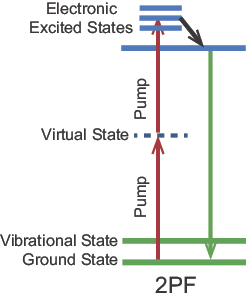
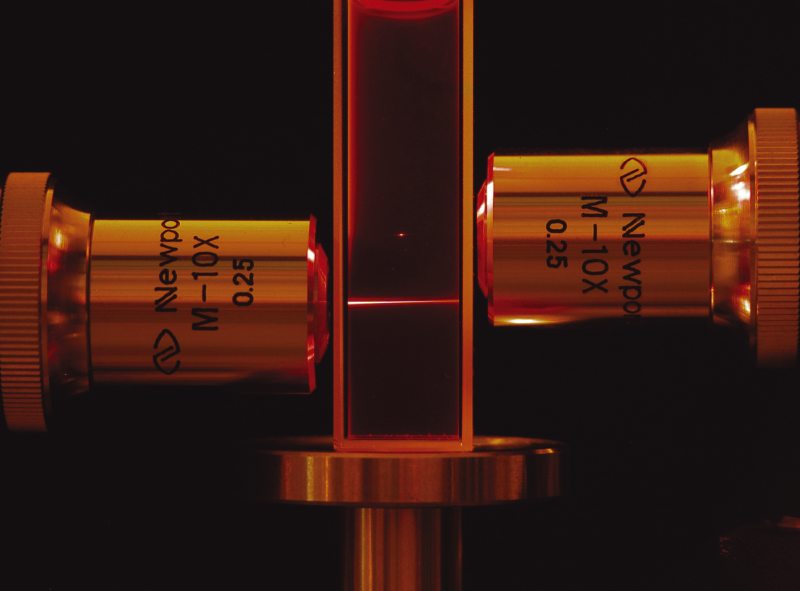
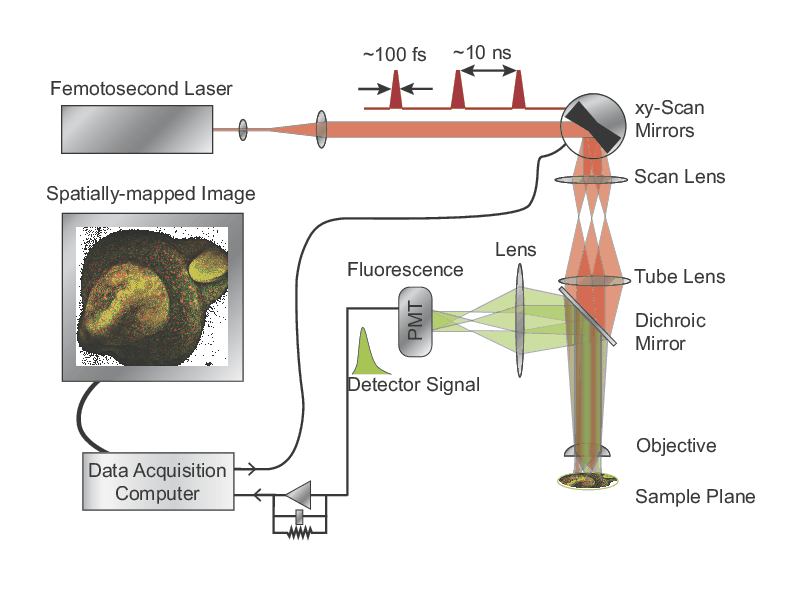
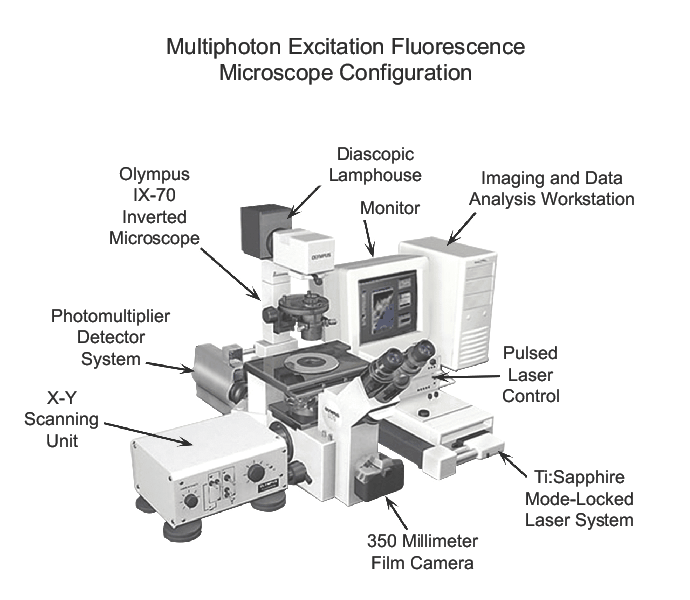
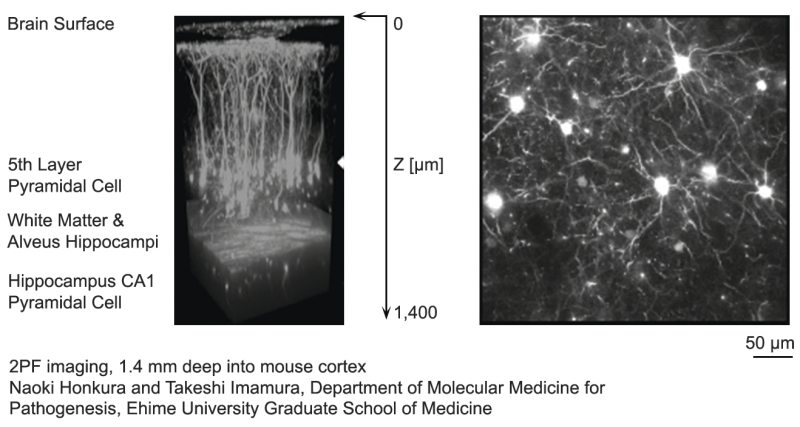
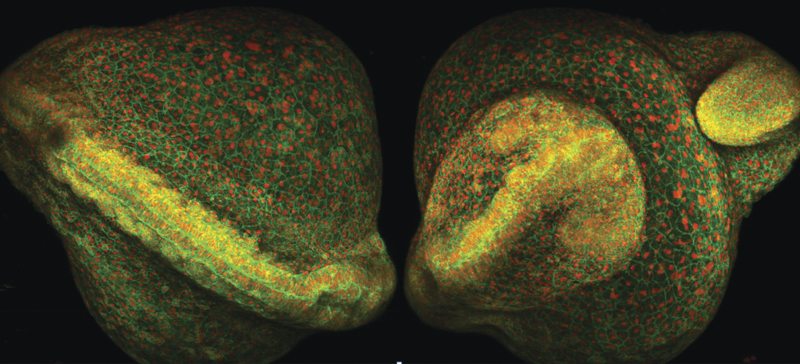

 Ultra-High Velocity
Ultra-High Velocity